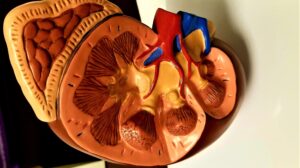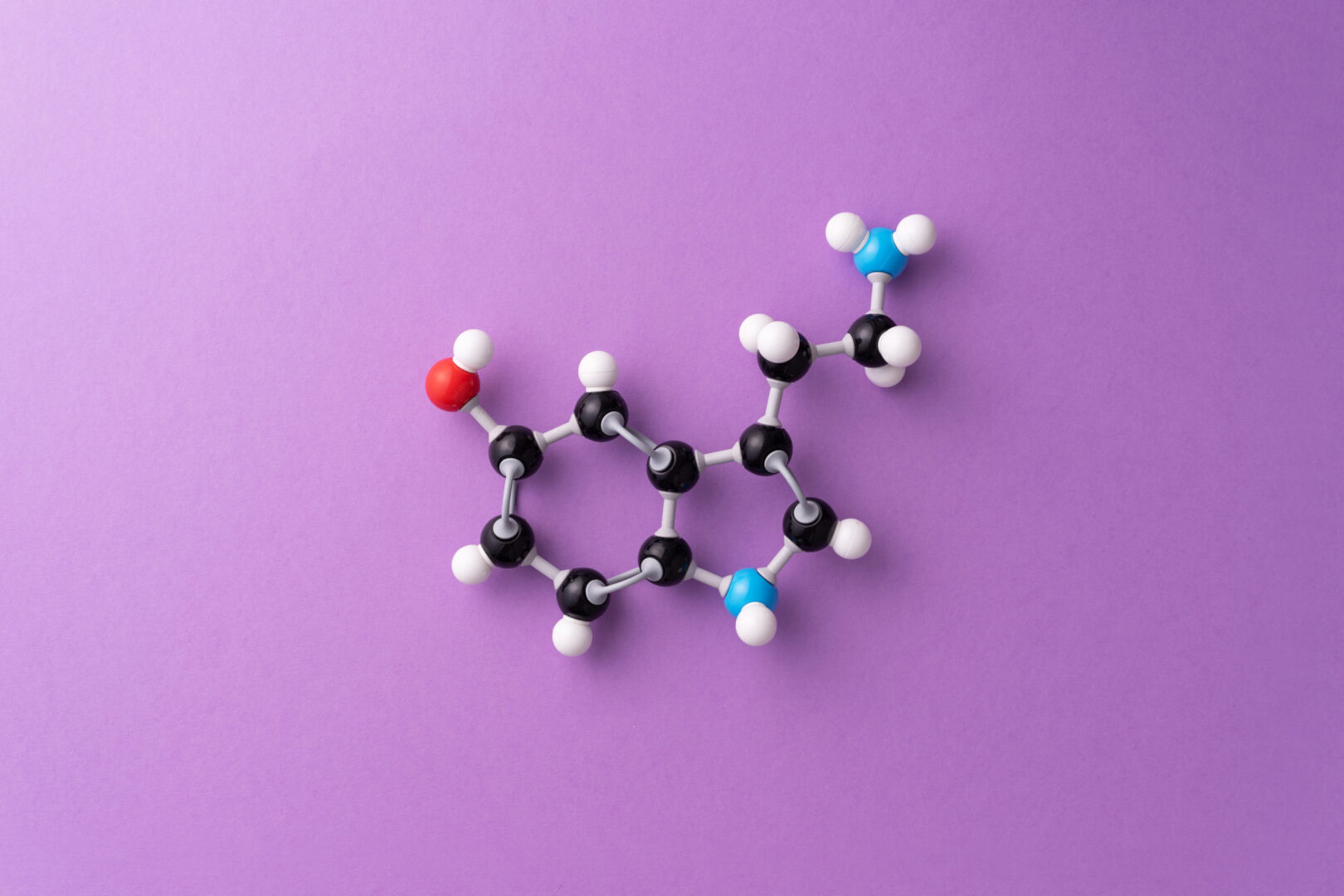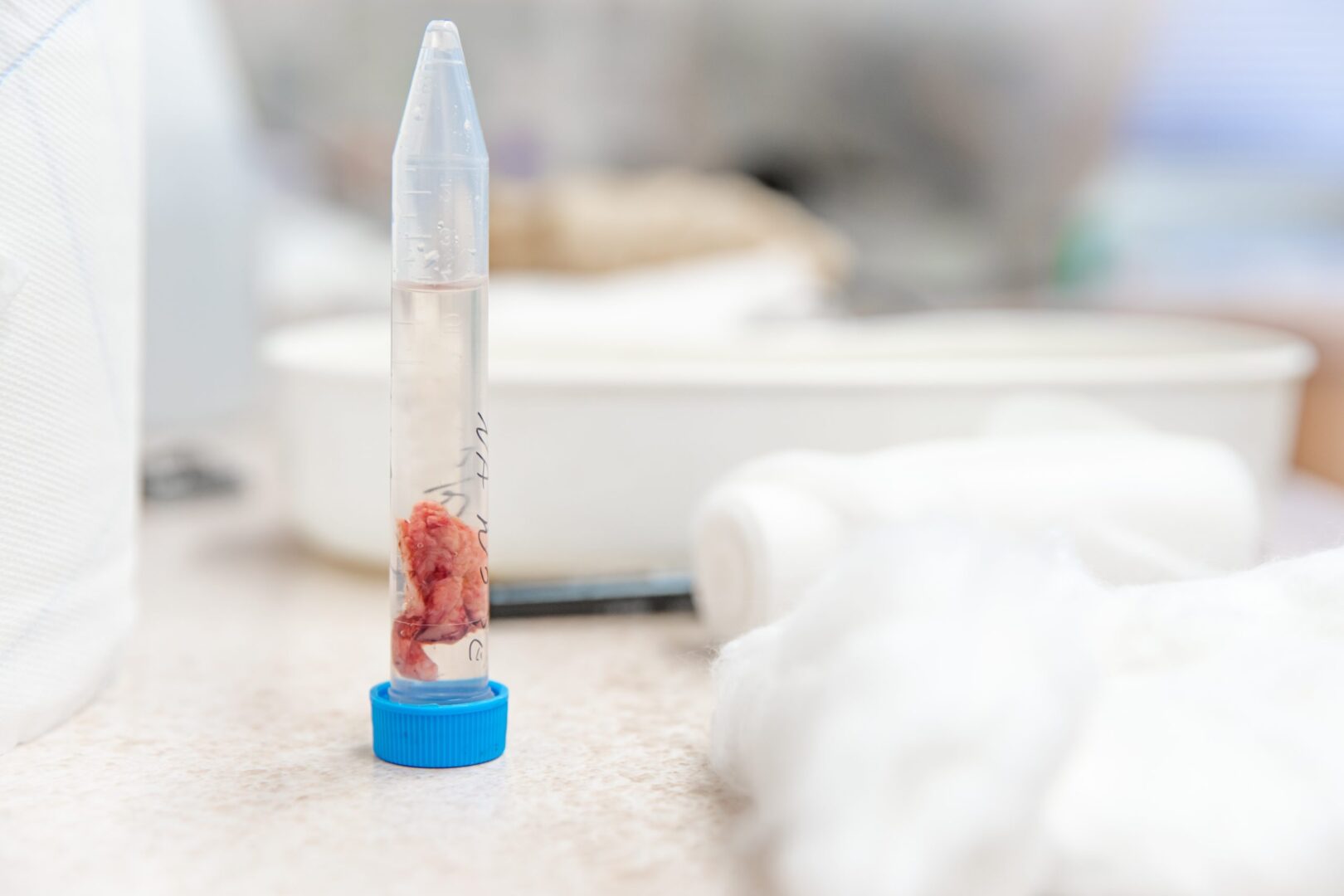Learning objectives
- Recognize fat embolism syndrome (FES)
- Describe the presenting clinical features in patients with suspected FES
- Explain the management of FES, including the limited drug treatments
Definition and mechanism
- The presence of fat globules within the lung parenchyma or peripheral microcirculation
- Causes direct tissue damage as well as the induction of a systemic inflammatory response
- Result in pulmonary, cutaneous, neurological, and retinal symptoms
- Estimated to occur in 1-10% of patients
- Mortality is 10-20%
Signs and symptoms
| Respiratory | Tachypnea Hypoxemia Acute Respiratory Distress Syndrome |
| Neurological | Confusion Seizures Altered level of consciousness Focal neurological deficits |
| Dermatological | Petechial rash |
| Systemic | Fever |
| Cardiovascular | Tachycardia Hypotension Intraoperative arrhythmias Myocardial ischemia Pulmonary hypertension (PH) Right-sided heart failure |
| Ophthalmic | Purtscher’s retinopathy (cotton wool exudates, macular edema and hemorrhage) |
| Renal | Oliguria Proteinuria Lipiduria Hematuria |
| Hepatic | Jaundice |
| Haematological | Perioperative anemia Thrombocytopenia Coagulopathy Fat macroglobulinemia |
Causes
- Trauma to long bone/pelvis
- Prosthetic joint replacement
- Liposuction
- Bone marrow harvest or transplant
- Bone tumor lysis
- Acute pancreatitis
- Hepatic necrosis and fatty lever
- Acute sickle cell crisis
- Major soft tissue injury
- Recent orthopedic procedure
- Recent lipid infusion
- Severe burns
Diagnosis
One major and 4 minor of Gurd’s Diagnostic Criteria are proposed, together with fat macroglobulinemia, as sufficient to diagnose fat embolism syndrome
Gurd’s diagnostic criteria
| Diagnosis | Criteria |
|---|---|
| Major criteria | Respiratory insufficiency Cerebral involvement Petechial rash |
| Minor criteria | Tachycardia Fever Jaundice Retinal changes Renal changes ↓ Hemoglobin Thrombocytopenia ↑ Erythrocyte sedimentation rate Fat globulus in sputum |
| Laboratory findings | ↓ in hematocrit at 24 to 48 hours Thrombocytopenia Fat globulus in blood and urine Fat macroglobulinemia raised free fatty acids and triglyceride in serum |
Management
- Respiratory support: intubation/ventilation, indications for respiratory support:
- Sustained SaO2 <90% and PaO2 <8 kPa on oxygen
- Respiratory rate of >35 breaths/min
- Hemodynamic support:
- Maintain a systolic blood pressure > 90 mmHg
- Avoid hypovolemia with fluid resuscitation and vasopressors
- Apply invasive monitoring
- TEE
- Early surgical stabilization of fractures
- Perform operative correction rather than traction alone
- Limit the intraosseous pressure during an orthopedic procedure
Pharmacological treatment
- Corticosteroids may reduce the risk of a fat embolism in patients with long bone fractures of the lower limbs
- Heparin clears lipemic serum by stimulating lipase activity, thereby reducing pulmonary complications
- Albumin use is considered potentially therapeutic in its ability to bind free fatty acids
Suggested reading
- Luff D, Hewson DW. Fat embolism syndrome. BJA Educ. 2021;21(9):322-328.
- Pollard BJ, Kitchen, G. Handbook of Clinical Anaesthesia. Fourth Edition. CRC Press. 2018. 978-1-4987-6289-2.
We would love to hear from you. If you should detect any errors, email us at customerservice@nysora.com








